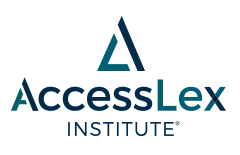Title
Raising the Bar on Accessibility: How the Bar Admissions Process Limits Disabled Law School Graduates
Document Type
Law Review Article
Publication Date
12-2020
Keywords
health and psychological barriers, bar passage, learning disabilities
Abstract
Think about the steps it takes to get from law school admission through passing the Bar exam. Not only do you have to graduate with your college degree, but you have to take the Law School Admissions Test (LSAT); enroll in law school; potentially take out student loans; do plenty of reading; pass all of your classes; survive a few internships; participate in clinics, practicums and activities; obtain the juris doctor degree; study for weeks and months on end to take the bar exam; and hope for good news to begin your journey as an attorney.
While it sounds like a lot of steps and hurdles to go through for any law student, imagine the additional hurdles and difficulties for law students with disabilities. Until a 2014 consent decree, the Law School Admission Council would flag LSAT scores obtained with disability accommodations, signaling to admissions officers the applicant likely had a disability. Standardized tests have a history of discrimination against test-takers with disabilities.
This Article aims to address the hurdles and accessibility issues associated with the bar examination and application processes, as well as the laws and precedents governing access to the legal profession. Part I of this Article first expands upon the congressional intent and purpose behind the Americans with Disabilities Act, along with a history of reasonable accommodations in high-stakes testing scenarios under Title III of the Americans with Disabilities Act. Part II will then dovetail into the unique situations surrounding the Americans with Disabilities Act in the bar admissions process under both Title II and Title III, such as analyzing how mental health questions on the character and fitness portion of the bar application are discriminatory and infringe on the rights of emerging lawyers and recent graduates with disabilities. After providing an understanding of the preliminary inquiries, Part III gives an overview of various hurdles in the process of taking the bar exam and culminates by analyzing reasonable accommodations on the bar exam itself. To conclude, Part V offers final reflections about the future of the exam for disabled law graduates and balancing the needs of accommodation and fairness for lawyer licensing.





